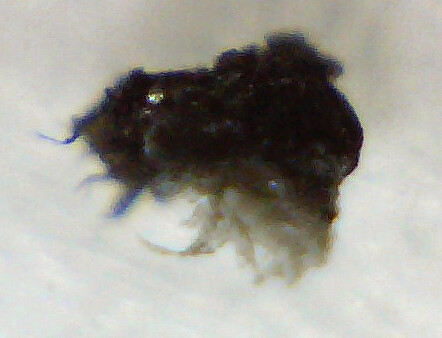He found the sign, I found the agent.
A pathologist who understood the value of careful systematic observation, took the time to examine, post-mortem, every patient at his hospital whose cause of death was listed as Alzheimer's. That patient, thoughtful man is responsible for the foundation of this discovery. He found that these patients all had notable ridges in their fingernails.
I found that my mite caused fingernail ridges, and went looking for what I assumed was an already known cause, and found his paper. (Can't find it at present. Will post when I do.) His observation led me to look for concurrences between my observations of infection with my mite and what we know about Alzheimer's, to see if the deduction that my mite caused Alzheimer's found support in them. I found that it did.
Alzheimer's and mite infection share elevated cytokines. My mite shrinks tissue it is living on. The brain shrinks in Alzheimer's. My mite has different iron metabolism, and appears dark with iron in death. In human tissue, my mite looks like a tiny shred of cellophane, or a flat, white spot of goo. Alzheimer's has plaques, the formation of which has never been explained. My mite fuses with and tangles the growth pattern of human tissue.
----------------------------
Comment: If the taxonomists do adopt a new name for these creatures, it should go to that guy. (If it was a woman, I will be grievously embarrassed.)




